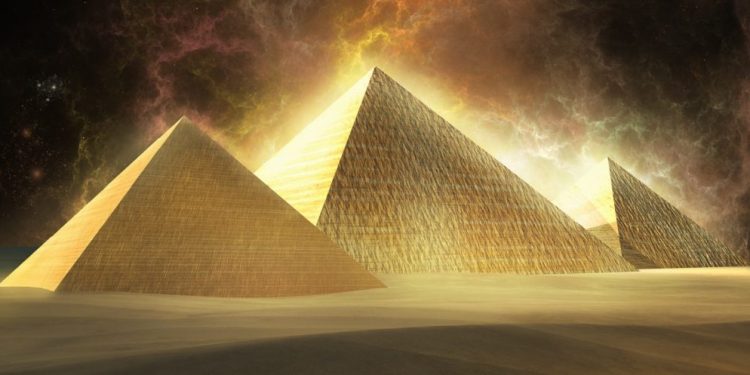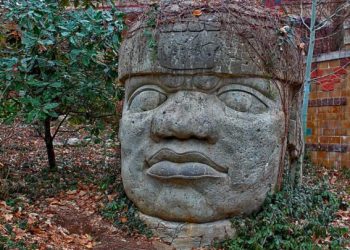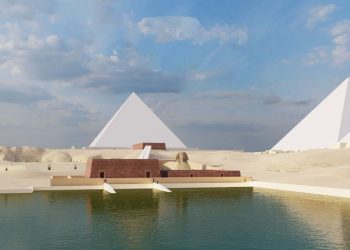More than 4,500 years ago, an ancient civilization erected what would later become one of the most amazing and mysterious monuments on the planet’s surface. Thought to have been commissioned by Pharaoh Khufu, Giza’s Great Pyramid is the oldest and largest of the three pyramids on the Giza plateau. The oldest of the Severn Wonders of the Ancient World, and the only one largely intact, the Pyramid is argued to have been built as a tomb.
The Great Pyramid of Giza is also argued to have more stone than that used in all the Churches, chapels, and cathedrals built in England since the time of Christ.
“From the heights of these pyramids, forty centuries look down on us.” —Napoleon Bonaparte
The stone of the Great Pyramid
The Pyramid is an even greater wonder when you realize how much stone had to be quarried, transported, and put into position at the Great Pyramid. And to show you, the reader, just what an amazing monument the Great Pyramid of Giza is, here are 30 lesser-known facts about the ancient structure.
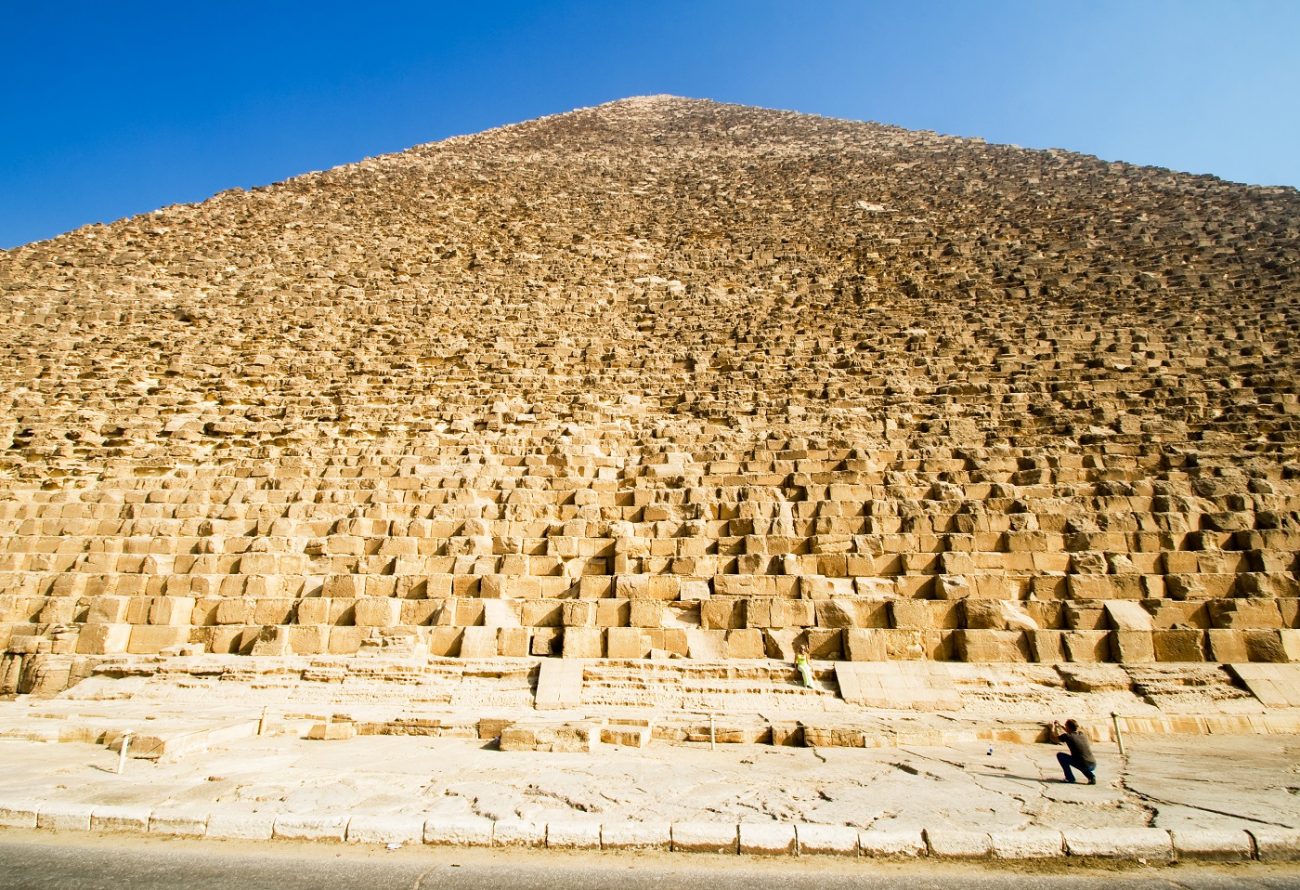
Scholars argue that the pyramid was built in 20 years, around 2,560 BC. The Pyramids’ ancient name was Khufu’s Horizon. Due to its highly reflecting casing stones, the ancients are believed to have called the PYramid “Ikhet,” which translates into “The Glorious light.” Commonly referred to as the Great Pyramid of Giza, the monument is the oldest and largest of Egypt’s pyramids, rising 146 meters into the air.
To reach the—flat—summit of the pyramid, you need to climb 203 steps. Today, the pyramid lost some of its stones due to erosion and other factors. Its summit is missing, and the pyramid measures 138.8 meters in height today. According to a guy who climbed (illegally) the Great Pyramid of Giza, it takes around eight minutes to reach the top but 20 minutes to get down.
A masterplan of ancient engineering
The Great Pyramid of Giza was such a masterplan of ancient construction that for 3,800 years, the Great Pyramid remained the tallest structure erected on the planet’s surface. However, despite being one of the largest pyramids in the world, there are even larger pyramids than that of Pharaoh Khufu.
Measuring 450 meters by 450 meters, the Pyramid of Cholula is acknowledged as the largest Pyramid on Earth, according to the Guinness Book of World Records. The ancient civilization that erected the pyramid of Cholula built a monument having a total estimated volume of 4.45 million cubic meters. It was a pyramid worthy of the most impressive monuments in the world, even larger than the Great Pyramid of Giza, which contains approximately 2.5 million cubic meters.
Back to Giza’s Great Pyramid, the ancient monument’s weight is estimated at around 6 million tons. That means that the Egyptians used countless stones that weighed more than Elephants. According to measurements, each side of Khufu’s pyramid covers an area of around 5.5 acres. This means that the total surface area of the Great Pyramid of Giza is 22 acres. 1 Acre equals 4046.86 square meters.
Total area
The Great Pyramid of Giza covers a total area of 92,000 ft2 or 55,000 m2. Around 2.3 million stone blocks were estimated to be used to build the Great Pyramid of Giza. The average weight of each stone was around 4 tons. The pyramid we see today is void of nearly all its casing stones. In ancient times, the pyramid was covered with highly polished white limestones.
Scholars estimate that Giza’s Great Pyramid was covered with as many as 144,000 casing stones once completed.
It is argued that each casing stone had an average thickness of 100 inches. The casing stones were nearly perfect. Measurements have revealed that the stone’s flatness was around 1/100th or 0.01 inch perfectly straight. The average weight of each casing stone on the pyramid was around 15 tons. Most of the Pyramid’s casing stones fell off after a 14th-century earthquake. Of the three major pyramids at Giza (the three satellite pyramids), the Great Pyramid is the only one that is not a four-sided pyramid but an eight-sided one.
This peculiar characteristic can best be appreciated from the air during the Spring and Autumn equinoxes. It’s also the only pyramid in Giza with ascending and descending inner passages. Other pyramids only have descending passages. The remaining casing stones were taken and re-used in other constructions in Egypt. Some mosques contain casing stones that once stood on the Great Pyramid of Giza. That’s no surprise since the casing stones were of great quality and made the pyramid once shine like a massive jewel in the desert.
A true wonder
The engineering of the pyramid is a wonder of the ancient world. The builders erected a pyramid that would survive, among other things., earthquakes without major damage. Its interior is magical. Despite Giza’s harsh temperatures, the interior of the Pyramid maintains an average temperature of around 20 degrees Celsius.
One of the most peculiar things discovered inside the pyramid is a granite coffer which, supposedly, once served as the tomb of the Pharaoh Khufu. But the coffer is too big to fit through the passages that lead towards the chamber, leading many scholars to suggest it was built there during construction.
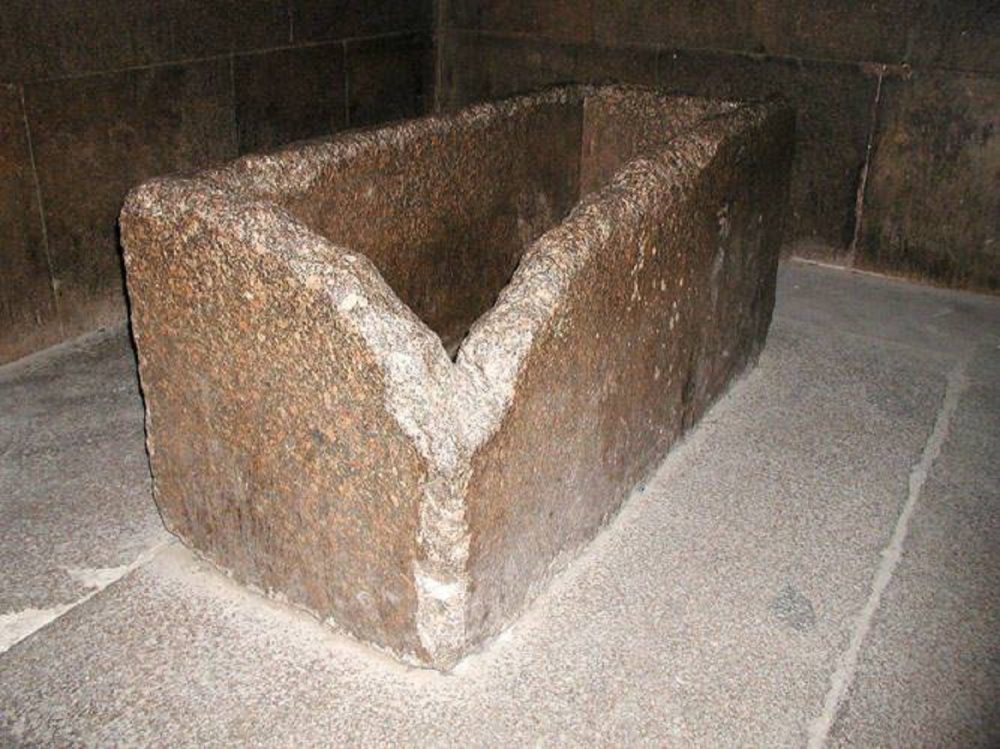
The Coffer inside the King’s Chamber is made of a solid granite block. Curiously, even though the Pyramid is tough to have been built as a tomb, there are no markings that would indicate that. No markings have been found on the coffer inside the King’s Chamber, and no hieroglyphs are inside the chamber’s walls. This is strange because, usually, ancient Egyptian tombs were intricately decorated.
The Great Pyramid of Giza is also considered one of the best-aligned monuments of ancient times. According to measurements, the pyramid faces true north with 3/60th of a degree of error. Furthermore, the Pyramid is located at the center of all landmass on Earth. Talk about precision. Don’t forget to check out this article about the Sphinx and the Pyramids and the possibility that the structures were exposed to large amounts of water in ancient times.
Join the discussion and participate in awesome giveaways in our mobile Telegram group. Join Curiosmos on Telegram Today. t.me/Curiosmos



